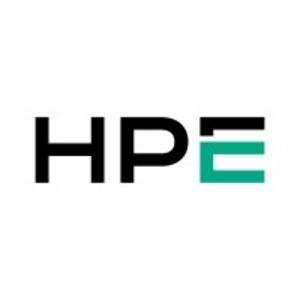Zerto is very easy to use. Installation is about half an hour, and then it starts protecting the data and VMs. It is not very cumbersome. The UI is built very well. It is fairly self-explanatory. To be able to stand up a product you have never seen in half an hour and get it functioning and protecting speaks to how good the UI and workflow are. Zerto has near-synchronous replication. As a change is made on site A, it gets copied across the network to site B. We are five or six seconds behind production. If I have a heavily used system and I use traditional backups, I could be anywhere from 5 minutes to 23 hours behind. With Zerto, I am single-digit seconds behind. That works well for us. Our disaster recovery test, which used to span an entire week, now takes two days. We used to recover our servers in the first two or three days with a backup product and then test for two days before tearing it all down. Now, we spend half a day on new servers and ensuring things work with networking, etc. We test the next day, and we are done in two days. Across the entire company, we are able to save significant man-hours by shortening the test from a week to two days. We are now doing smaller tests once a month and larger tests once a year. Zerto has reduced our DR testing time by 60% to 70%. We are also able to do more disaster recovery testing. Previously, we were doing it once a year, whereas now, we are doing smaller tests once a month and our large tests once a year. In recovery point objectives, we are single-digit seconds behind. In terms of RTOs, I can recover 350 VMs in 30 minutes. It takes less than several seconds to restore a single VM. From days to 30 minutes for 350 compared to 100 VMs is an incredible time-saving in terms of RTOs and RPOs for us.



